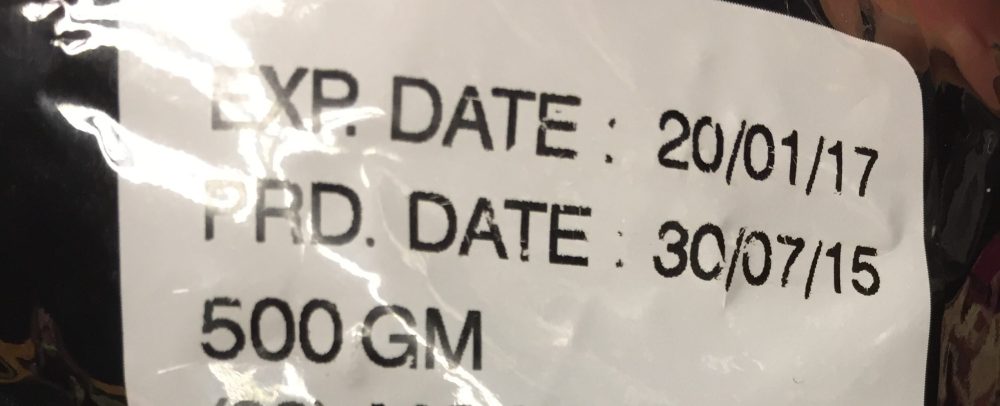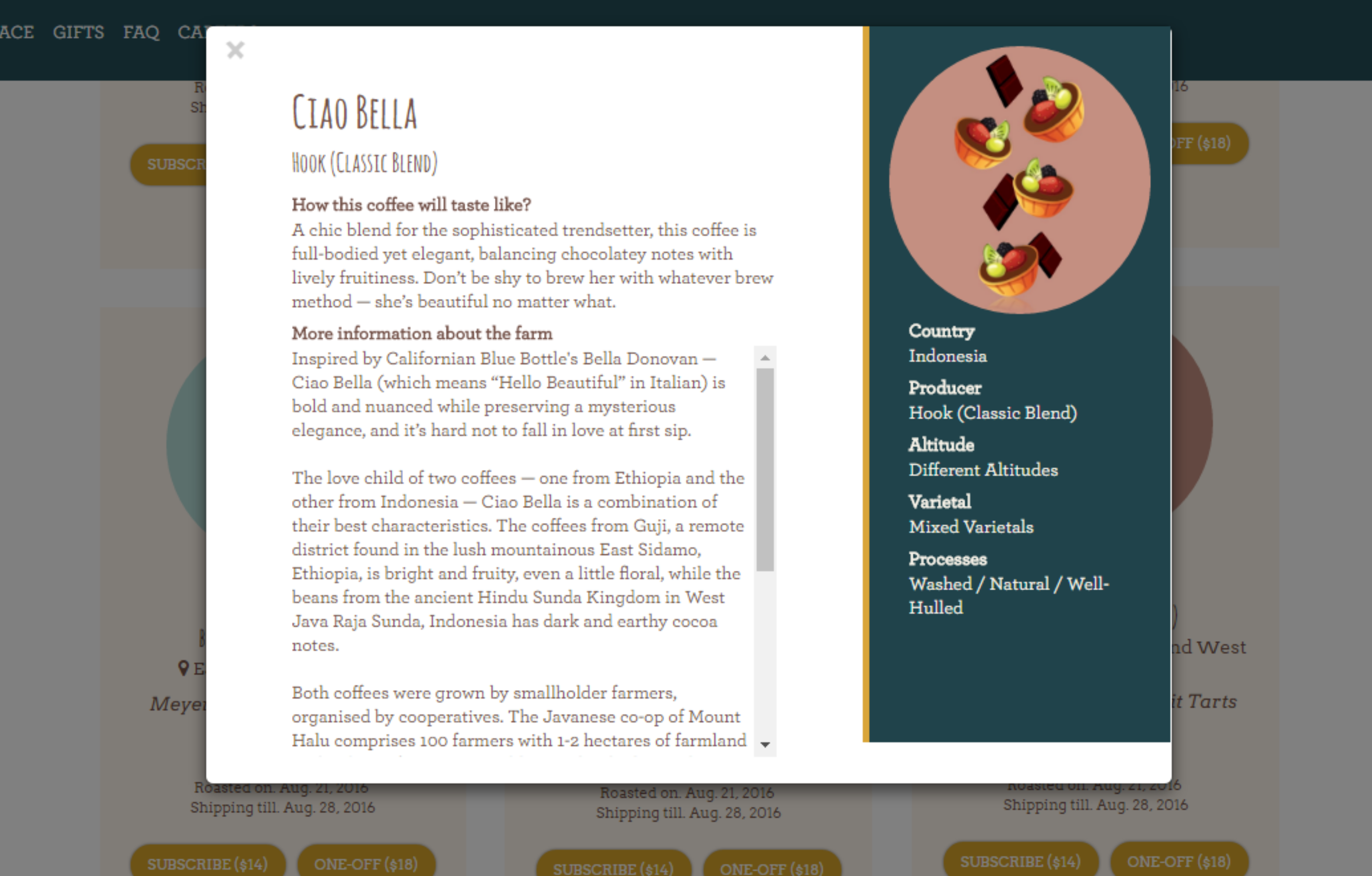THEHOOKBLOG
Coffee Fuelled Thoughts, Stories and Ideas
HOW TO READ A COFFEE PACKAGING LIKE A PRO

There’s a lot to learn about a coffee’s origin, roaster, and general quality of the packaging, and not all of it is good. We’ve all been there: you meander down an aisle or scroll down a web page to see dozens or even hundreds of coffee bags, each saying they’re gourmet and flavorful - but which ones are actually going to be good? Decades of misleading marketing and meaningless lingo have left us blind in the face of options, but the scheme is unraveling. Secrets of shady coffee sellers are coming into the light, but some companies are emerging stronger than ever. To find these honest, quality-minded coffee roasters, all you must do is read the secrets of coffee packaging.
The Roast Date
Coffee beans are an agricultural product with a limited lifespan, a reality profit-focused coffee companies have tried to undermine. To keep products on the shelves and reduce the need to closely monitor the freshness of their coffee, some businesses only print a “Best By” date on the bag or can, usually giving you the impression that you have months before the beans pass their point of peak freshness.  In reality, peak freshness is reached within a week or so of being roasted, and the decay of flavors becomes obvious after two weeks. Misleading consumers to believe that coffee beans can remain fresh for months is downright dirty. You can clearly see in this graph that in the best conditions coffee freshness has peaked before a month. However, these ideal conditions are rarely met and the two-week rule is still the standard.
In reality, peak freshness is reached within a week or so of being roasted, and the decay of flavors becomes obvious after two weeks. Misleading consumers to believe that coffee beans can remain fresh for months is downright dirty. You can clearly see in this graph that in the best conditions coffee freshness has peaked before a month. However, these ideal conditions are rarely met and the two-week rule is still the standard.  At all costs, avoid coffee packaging that claims a “Best By” date. Instead look for a “Roasted On” date, which indicates a coffee roaster dedicated to transparency and quality.
At all costs, avoid coffee packaging that claims a “Best By” date. Instead look for a “Roasted On” date, which indicates a coffee roaster dedicated to transparency and quality.
Origin and Story
Coffee beans are grown inside a cherry. If you take one of those beans out of the cherry and put it in the soil, under the right conditions, you’ll eventually have a coffee plant. It takes people to plant crops and harvest them, and in many parts of the world these people are not well compensated for their work. Sadly, poverty among coffee producers is everywhere, and coffee buyers have been historically known to exploit farmers with manipulative deals. Though these devious deals are far less common in the modern world, there are many coffee roasters who could care less what conditions the coffee laborers faced when they purchase their beans. A bag without a person or farm is a bag without a story and a roaster without accountability.  Most coffee buyers desire to see the coffee laborers liberated from unethical deals and systemic poverty. Some of these businesses proudly announce the country, the region, the farm, and even the farmers that they form agreements with. Now the trail can be traced and the roasters are accountable to their customers who also desire to lift up the poor workers on coffee farms. Avoid coffee packaging that makes no mention of the region, farm, or farmer. Instead, look for the names of individuals and farms boldly claimed.
Most coffee buyers desire to see the coffee laborers liberated from unethical deals and systemic poverty. Some of these businesses proudly announce the country, the region, the farm, and even the farmers that they form agreements with. Now the trail can be traced and the roasters are accountable to their customers who also desire to lift up the poor workers on coffee farms. Avoid coffee packaging that makes no mention of the region, farm, or farmer. Instead, look for the names of individuals and farms boldly claimed.
Flavor Language
Here's a simple rule: avoid coffee packaging that claims the contents are "gourmet" or "premium". These buzzwords have no real meaning and only serve to mislead the customer into buying a lower-quality product. Without there being any standard by which these words are held, there’s no way to know whether or not the beans actually brew a coffee drink that is “gourmet” or “premium” at all. Coffee roasters that nerd out on their craft are the ones that you want to look for. You can easily spot them by the language they use to describe their coffees. Don't be scared off by descriptions of "strawberry and lime" or "vanilla and honey". These are proof that the roaster is so confident that they are willing to put themselves out there. It's okay to be skeptical at first, but you have to give it a try.  Important: we are talking strictly about unflavored, roasted coffee beans that have had nothing added for flavor. Some coffees come pre-sprayed with artificial flavor oils. Just don’t.
Important: we are talking strictly about unflavored, roasted coffee beans that have had nothing added for flavor. Some coffees come pre-sprayed with artificial flavor oils. Just don’t.
The More The Better
The more open and honest a coffee roaster is about their product, the better. You may find that your favorite coffee roasters also publish the processing methods, altitudes of the farms, and plant varieties of their coffees. Though this extra information can be confusing and not really helpful, it is another indicator of a fine coffee roaster with fine coffee stored in fine coffee packaging.
Have A Look Around
Next time you find yourself at the store, take notice of how the coffee companies design their packaging. You may be shocked at which ones aren’t so “gourmet” after all. For some examples of great coffee packaging, check out Hook Coffee’s lineup.





